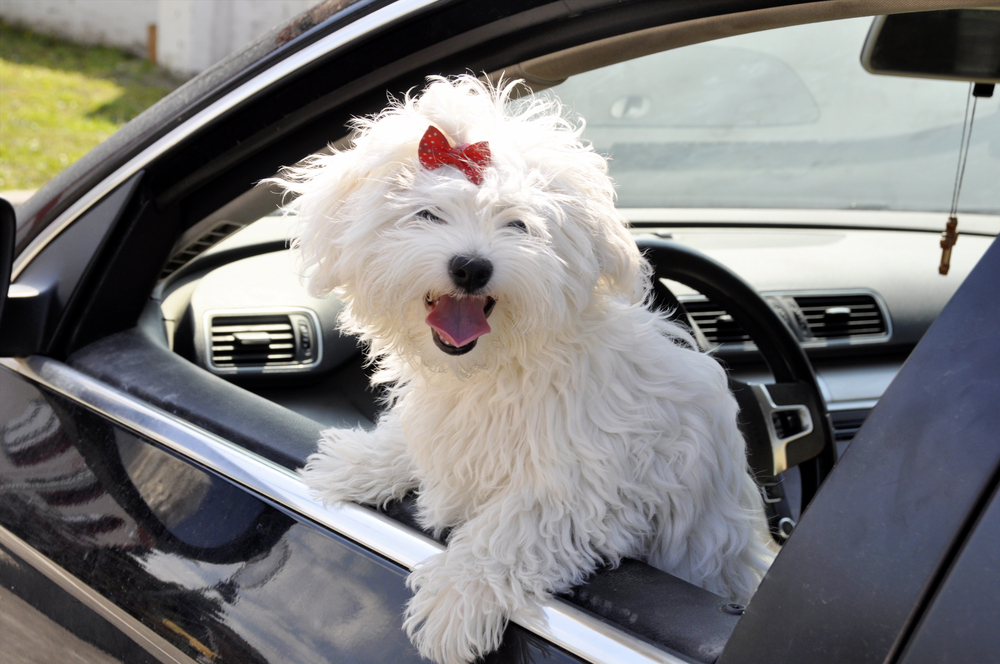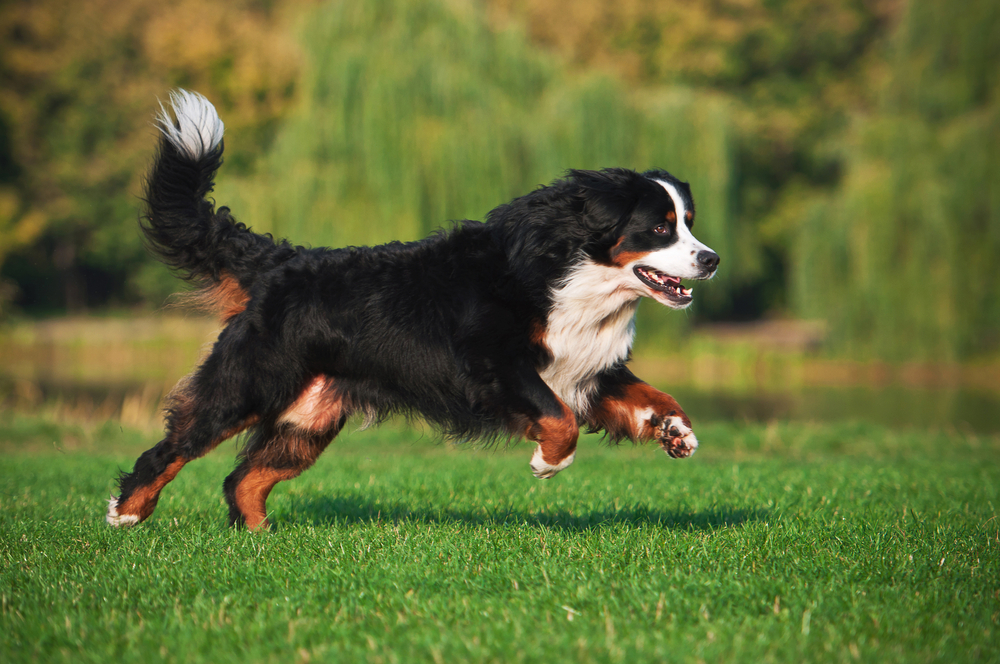Car Trips and Your Pet
North Woods Animal Treats on May 7th 2024
Now that we can travel again, many of us are starting by taking car trips. We have gotten new pets or have spent so much time with the ones we had pre-covid, that now we don’t want to be separated from them when we travel. So, we are bringing our pets along with us on our adventures. What are some of the most important things to consider when including our pets in our travel plans?
First, if the travel time in the car won’t be fun for your pet, you may want to consider getting them a pet sitter at home or boarding them at a place you are confident in and where your pet has had previous good experiences. Spending the whole travel time being anxious and/or nauseous is no fun for your pet or you! You can do lots to help your pet be a better traveler, but your actual vacation is not the time to start the process. You can start months or weeks before with good guidance and a plan, but don’t start the program on your actual vacation.
OK, your pet is a good traveler. What kind and size space should you allocate for them in the car? Many people who travel with cats allow them to be loose in the vehicle so they can move about as they please. This seems a bit dangerous to me, but many folks do it. A litter box, a bed and a bowl of water are absolute necessities. Another way to travel with cats is to put them in a large crate, a crate big enough for a large dog, which has their bed, the little box, and the water bowl in it. This way they have everything they need and are safely contained. Dogs can travel in the same way as the cats, in a crate with their bed and a water bowl. Depending on your vehicle, many pets get the whole back of the car or SUV, or they can travel in a seat with a seat belt.

If your dog goes out every 5 hours at home, you should plan to stop where he can get out, move around and relieve himself every 4 – 5 hours. Make sure he is on a leash, and have his collar, and/or harness adjusted so it won’t slide off him if you need to quickly bring him to your side. Make sure you only let him out in a safe area, without a lot of traffic, quiet, and without a lot of distractions, like a herd of cows, for instance, if he hasn’t ever seen cows. He will be so interested in the cows; he won’t be able to focus on his real job – relieving himself. Make sure you pick up after your dog. Your cat will also appreciate the non-movement of a travel rest stop, for the same reasons. When you must take your cat out of the car, make sure he is either in a small travel crate and/or has a well fitted harness and leash on. You never want to lose contact and control over your pet, but you especially don’t want it to happen when you are in a new geographic area. Try to keep your pet’s feeding schedule as close to when he eats at home. Fewer changes = less stress. According to the ASPCA, plan to use bottled water while travelling. "Drinking water from an area he or she isn’t used to could result in stomach discomfort."
Make sure your lodgings are pet friendly and make sure they know you are bringing your pet. Most pet friendly facilities provide welcome treats, bowls, and pet safe rooms, some even come with a bed just for their pet guests. Be a polite guest and make sure you know what area the hotel wants your dog to use outside, and again, make sure you clean up after your dog.

Make sure your dog has had enough exercise before you load up to travel. A dog without excess energy will be a quieter traveler, which will make for a more enjoyable drive for everyone. You may need to schedule short exercise times during the day to keep your dog quiet and happy. Make sure you leave enough time.
You first driving vacation post covid, with all your family members, not just the human ones can be the best trip ever with a bit of planning to make sure your 4 legged members have as relaxed, healthy and happy experiences as possible! If you plan and execute your trip accordingly, you will never think of vacationing without your pets again!

